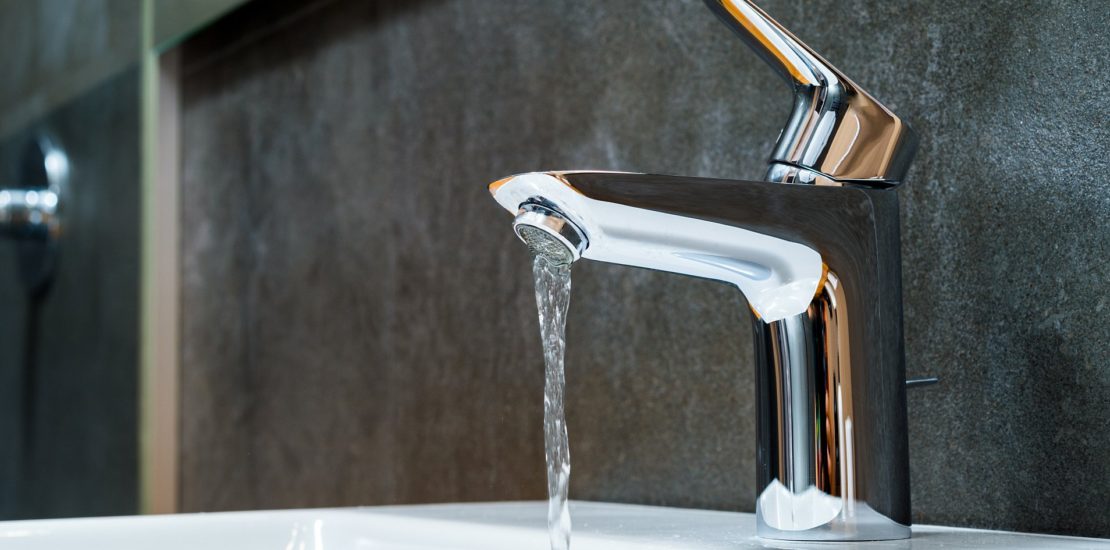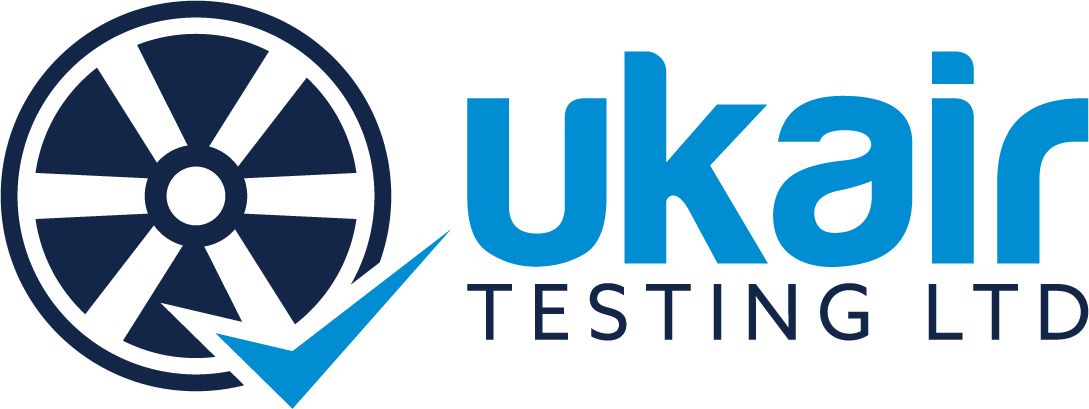
Water Calcs
Water efficiency calculations predict the water consumption of a property. The Government is driving a sustainable development programme that mandates improved water efficiency in the built environment. The Code for Sustainable Homes was introduced in 2007 and Part G of the Building Regulations now includes water efficiency for the first time. In addition, improved water efficiency in new developments will be backed-up through the planning system, as the Government allows the planning system to mandate water efficiency targets in excess of the Building Regulations where there is demonstrable local need.
The water efficiency of a property is important to make homes more sustainable as the population grows. The economy is heavily dependent on water for agriculture, industry, tourism and recreation. Water shortages during a drought have a deleterious effect on the internationally significant rivers, wetlands and wildlife and we must ensure that this is not exacerbated by the effects of abstraction.
Water efficiency is measured in litres per person. To comply with Part G of The Building Regulations, a property must show that its water targets will not exceed 125 litres per person per day. Some local authorities will set lower targets, especially in London and the South (The London Plan).
If new builds are required to meet a certain level on the Code for Sustainable Homes, this will affect how water is used and features should be planned at the design stage.
Levels 1 and 2 have a maximum of 120 litres/person/day, levels 3 and 4 have a maximum of 105 litres/person/day and levels 5 and 6 have a maximum of 80 litres/person/day.
Calculations should be made at the design stage and again on completion. There are also credits available for meeting these targets.
For us to provide water efficiency calculations, we require a complete set of floor plans showing the number of ‘wet rooms’ such as the kitchen, utilities and bathrooms. In addition, the plans will also need to show the number of facilities which will use water, such as showers, toilets, sinks, washing machines or dishwashers.
Some larger sites require a full water reduction strategy as part of the planning process. This is a more details report demonstrating the water efficiency measures to be utilised on a site wide basis.
A number of measures can be taken to reduce indoor water use. Flow restrictors are a convenient means to retrofit existing fittings. Low flow shower heads, low flush toilet systems or even smaller baths may be fitted. Efficient appliances, grey water and rainwater recycling can also be specified.
